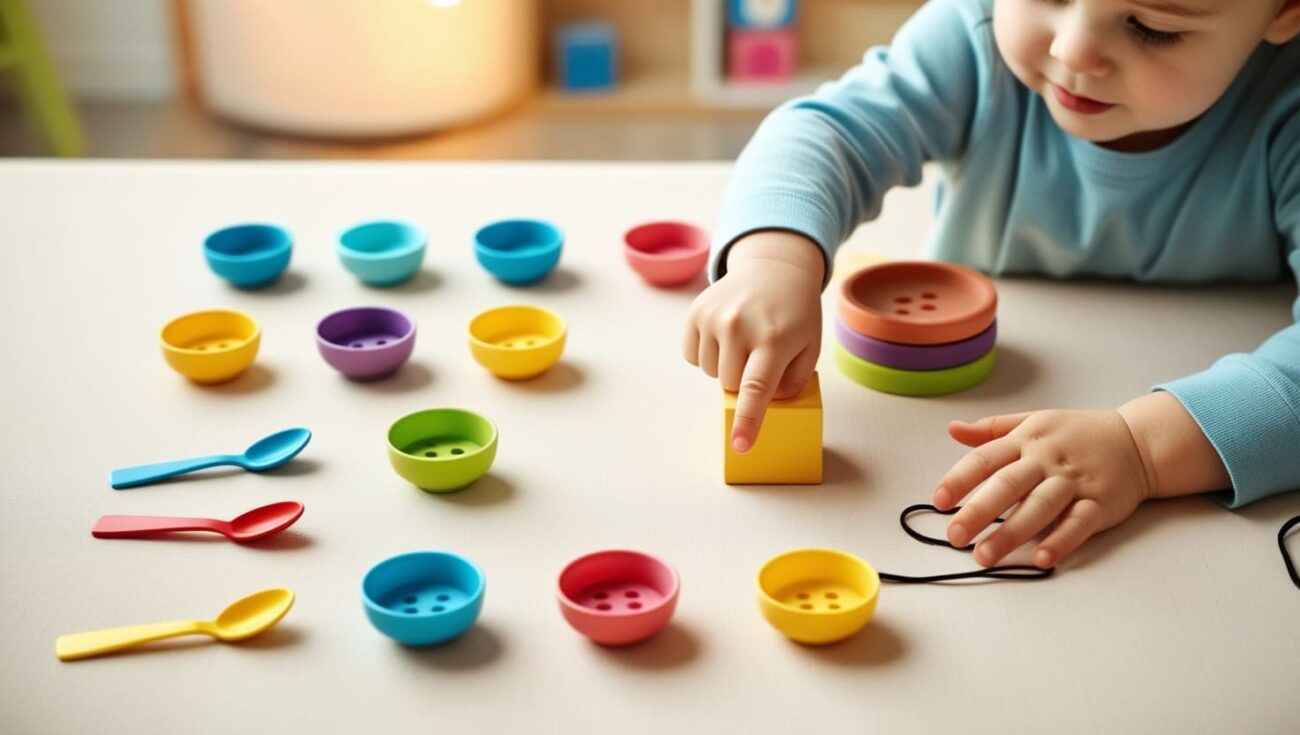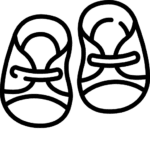Blog
How to Help Your Child Recognize Numbers in a Fun Way

Is your child struggling to recognize numbers? Don’t worry—you’re not alone. Number recognition is a foundational step in early childhood education, setting the stage for all future math learning. But teaching your child to recognize numbers doesn’t have to feel like a chore. In fact, with the right activities and attitude, it can be fun, interactive, and something you both look forward to.
In this article, we’ll explore fun and effective ways to help your child recognize numbers. These creative strategies include games, songs, books, and simple daily routines that naturally reinforce number learning. By turning learning into play, you help your child build confidence in their abilities and lay the groundwork for strong numeracy skills.
Tip 1: Use Interactive Games
Why this works: Children learn best through hands-on play. Interactive games keep them engaged and excited about learning, turning numbers into something familiar and fun rather than abstract symbols.
- Number Hunt Game: Write numbers on index cards or use foam digits and hide them around the house. Ask your child to go on a scavenger hunt to find each number. As they find them, have them say the number aloud. You can even add a reward system to boost motivation.
- Number Bingo: Create a bingo board with numbers instead of letters. Call out numbers randomly and have your child place markers on the correct spots. This is great for recognition and listening skills.
- Educational Apps: Many educational apps offer number games, counting challenges, and tracing activities. Choose apps that allow interaction, like tapping or dragging numbers, rather than passive watching.
Tip 2: Incorporate Numbers into Daily Activities
Why this works: Repetition and real-life relevance are key in early learning. When your child sees numbers used in their daily life, they begin to understand their purpose and meaning.
- Counting Household Items: Ask your child to count forks while setting the table or count how many apples are in a bowl. This builds number familiarity in a natural, low-pressure way.
- Numbers in Cooking: Cooking is full of numbers—measurements, timers, portions. Let your child count the number of cups, eggs, or ingredients going into a recipe.
- Counting Steps on Walks: While taking a walk, count steps together, or count things you see like dogs, trees, or cars. This helps make numbers tangible and fun.
Tip 3: Sing Number Songs
Why this works: Music boosts memory. Number songs use rhythm, repetition, and melody to make learning stick, especially for auditory learners.
- Classic Songs: Sing songs like “One, Two, Buckle My Shoe” or “Five Little Ducks.” Add hand movements or actions to each number for physical engagement.
- Custom Rhymes: Make up your own songs using your child’s name and numbers. Personalizing content makes it more memorable and meaningful.
- Songs with Visual Aids: Look for videos or picture books that display numbers while singing. This visual and auditory combination strengthens recognition.
Tip 4: Read Number Books Together
Why this works: Books introduce concepts in context. Picture books help children associate numerals with objects and quantity, reinforcing recognition and comprehension.
- Choose Engaging Number Books: Select books with colorful illustrations that clearly show numbers and items to count. Board books for toddlers or interactive flaps can make the experience more engaging.
- Point and Repeat: As you read, point to the number and say it out loud. Have your child repeat the number and count the objects in the illustration.
- Interactive Features: Books with pop-ups, textures, or questions (“Can you find three bears?”) make the reading experience more immersive and fun.
Tip 5: Use Physical Activities to Teach Numbers
Why this works: Physical movement helps children process and remember information. Kinesthetic learning connects the body and brain, making abstract concepts like numbers more concrete.
- Counting with Movement: Ask your child to jump 10 times, clap 5 times, or hop on one foot 3 times. This physically reinforces number quantities.
- Ball Games: Use a ball to count passes or bounces. For example, “Let’s throw the ball back and forth 6 times!”
- Play-Based Learning Outdoors: At the playground, count steps going up the slide or how many times your child can swing. They’ll be learning numbers without even realizing it.
Helping your child recognize numbers doesn’t require a textbook or strict structure. What it really needs is consistency, creativity, and connection. When you involve your child in fun, interactive activities—whether it’s singing, reading, playing, or cooking—they begin to see numbers as part of their world.
Make number recognition a daily part of your routine, and be patient. Every child learns at their own pace, and with your encouragement and these playful strategies, your child will develop strong early math skills and confidence in no time.











